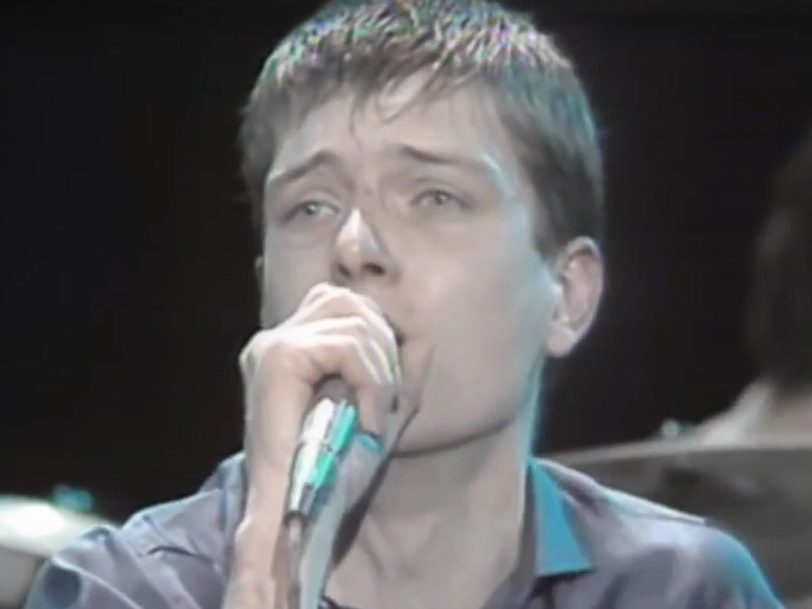When Joy Division vocalist Ian Curtis took his own life, he posthumously gained the iconic status attributed to most rock’n’roll stars who die prematurely. Yet, in so many ways, he didn’t fit the profile. He was certainly an integral part of an acclaimed, future-shaping band whose star was in the ascendant but, unlike Jimi Hendrix, Jim Morrison, Janis Joplin, Kurt Cobain and their ilk, Curtis didn’t “live fast”. He had a wife and a young daughter at home, yet he was torn apart by the guilt he suffered from his extra-marital affair, and the only drugs he took were prescribed for his worsening epileptic condition.
Listen to the best of Joy Division, here.
“Ian wanted to go very deep”: an enthralling body of work
Tragically, Curtis never resolved the problems he faced in his private life, and was just 23 when he hanged himself at home on Sunday, 18 May 1980 – the day before he was due to meet his bandmates at Manchester Airport and fly to New York City, where Joy Division were to begin their first US tour. With hindsight, he’d already laid his soul bare in the lyrics he’d written for the group’s second album, Closer, but that record wouldn’t be released for another two months and, while his girlfriend, Annik Honore, had warned Factory Records’ boss, Tony Wilson, that Curtis “means what he’s saying”, everyone else in the singer’s immediate orbit were unaware of his intentions.
“There was never a moment when I was with Ian when he acted anything but normal,” Joy Division bassist Peter Hook told Uncut in 2018. “He never, ever led me to believe for one moment that he was depressed. He never let you know what he was feeling, really. Whether that was bravado or foolishness, the thing you most wanted to hear in the world was that he was OK.”




